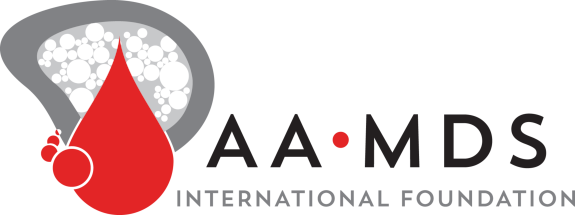family / friend
Types of Blood Transfusions
Guillermo Garcia-Manero, MD
Bone Marrow and Stem Cell Transplantation
Amer Zeidan, MBBS
Privacy and Other Policies
AAMDSIF is committed to operating with the highest level of accountability and transparency. Please click through to each category of policy for more information.
Timothy Graubert, MD
Dr. Graubert’s research focuses on the molecular pathogenesis of myeloid leukemias. While at Washington University in St. Louis, he and his colleagues used genome sequencing technology extensively to gain insights into the genetic basis of human cancer and to use this information to improve risk stratification tools and identify targets for novel therapy. Their group published the first complete genome sequence of a human cancer (
Amy E. DeZern, MD, MHS
Dr. Amy DeZern is a hematologist and medical oncologist at the Sidney Kimmel Comprehensive Cancer Center and is an Assistant Professor of Oncology and Medicine at the Johns Hopkins University School of Medicine.
Agent Orange, United States Military Veterans, and Myelodysplastic Syndromes
Richard M. Stone, MD
Dr. Stone received his MD in 1981 from Harvard Medical School, his internal medicine residency training at Brigham and Women's Hospital, and his hematology-oncology fellowship at DFCI. He has performed numerous laboratory and clinical studies on acute leukemia and related disorders, and frequently participates in grand rounds worldwide.






